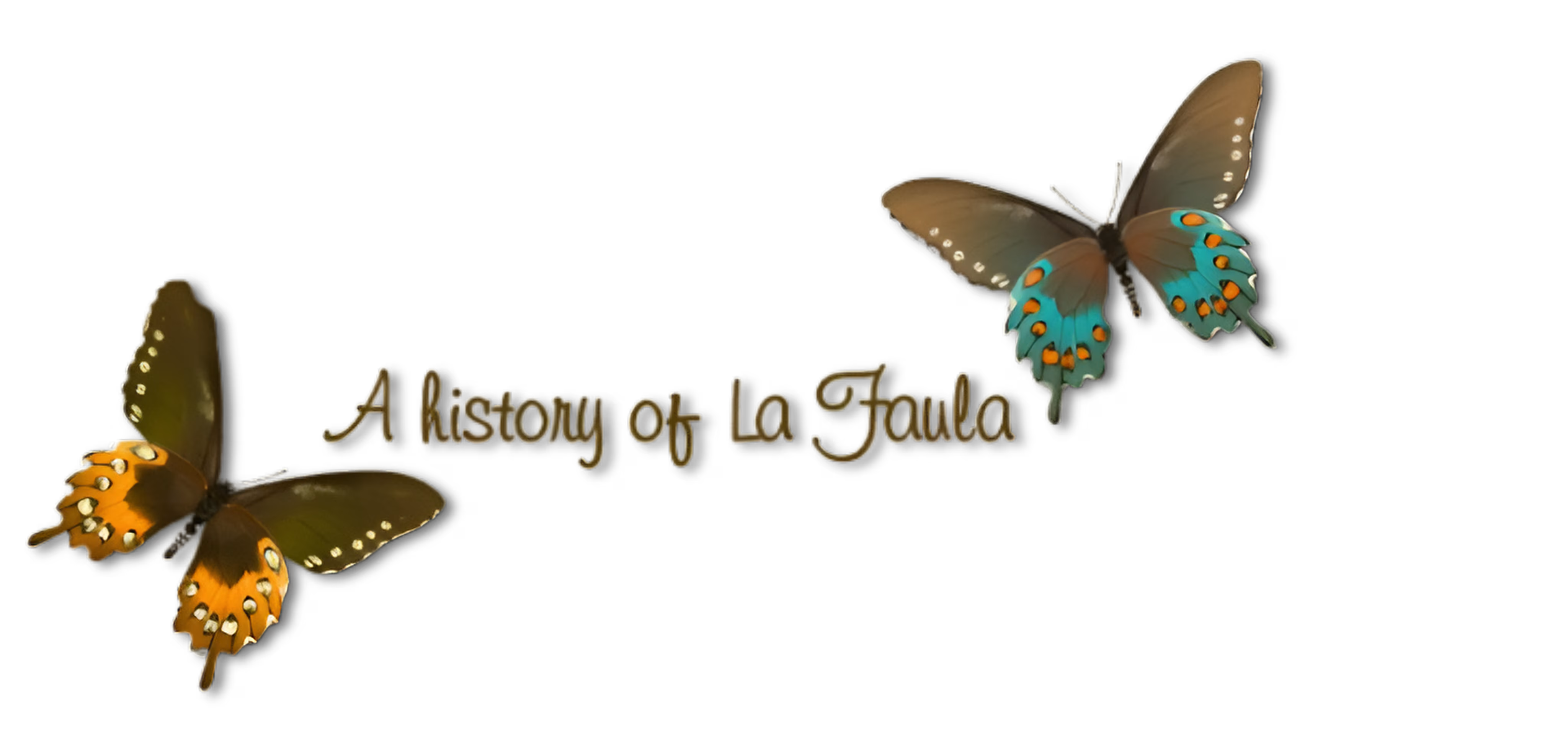The History of La Faula
Introduction: Friuli Venezia Giulia – A Land of Borders and Resilience
A Crossroads of Civilizations
Friuli Venezia Giulia, located at the far northeastern corner of Italy, has historically been a land at the crossroads of Latin, Germanic, and Slavic worlds.
Over the centuries, it has experienced various dominations: Roman, Lombard, Venetian, Austrian, and Slavic.
This cultural melting pot enriched the region’s heritage, creating a mosaic of languages, traditions, and architecture.
The Challenges of Nature
The Friulian territory is marked by diverse geology and climate, which have exposed its people to natural hardships:
- Earthquakes: The most devastating was the Friuli earthquake of May 6, 1976 (magnitude 6.5), causing approximately 990 deaths and widespread destruction of towns such as Gemona del Friuli and Venzone.
- Floods: Rivers and torrents, including the Malina near La Faula, have periodically flooded farmland and villages throughout the centuries. Significant floods were recorded as far back as the 15th century, with major events in 1851 and 1920.
- Landslides: Due to its mountainous and hilly landscape combined with heavy rainfall, landslides have often threatened rural settlements and roadways.
The Mezzadria System: Sharecropping and Rural Life
Until the mid-20th century, Friuli’s agricultural economy was largely built on the system of sharecropping (mezzadria).
Peasants worked the land owned by noble families, receiving a portion of the harvest while living under strict financial and social obligations.
Despite these hardships, Friulians preserved strong family structures, deep agricultural knowledge, and a profound attachment to their land.
Land reforms following World War II finally allowed many sharecroppers to purchase the land they worked, reshaping the countryside and social stability.
The “Frasca”: Symbol of Hospitality and Tradition
One of Friuli’s most iconic traditions is the "frasca": a branch (usually of vine or laurel) hung at the entrance of farmhouses to indicate the availability of new wine.
The custom dates back at least to the 18th century, when Emperor Joseph II of Habsburg allowed farmers to sell their own wine for eight days, marked by displaying a frasca.
Beyond commercial signaling, the frasca represented hospitality, community, and the joy of sharing the fruits of one’s labor — a tradition that perfectly embodies the spirit of La Faula.
1. The Origins (Prehistoric to Roman Era)
Archaeological finds suggest settlements dating back to the Roman period.
The property sits near Ravosa, first mentioned in 1252. In 1930, a Roman dwelling was unearthed.
The countryside still reflects the ancient Roman centuriation system of land division.
The name "Faula" may derive from Latin fabula ("tale") or Friulian fevela’ ("to speak"), possibly referring to verbal contracts.
2. The Middle Ages
The area was controlled by Germanic lords such as:
- Uldrich of Treffen
- The Lords of Moosburg
- The Hausberg family of Cucagna Castle
The land was called "Gion", from Lombard gahagi ("banned land").
Visigoths grazed pigs on acorns, and feudal Lords controlled most of the produce.
3. The Kilns and Brickmaking Tradition
Nearby hills rich in clay supported brick production since Roman times.
The Calligaro kiln in Buja, active from 1853 until its destruction by the 1976 earthquake, produced bricks used at La Faula.
4. Lombard Period
In 568 AD, the Lombards entered Friuli and established their duchy in Cividale.
They introduced a new social structure including freedmen called "alds", shaping early feudal society.
5. The Miani Counts of Angoris (Early 1900s)
The land was owned by the Counts of Angoris, operated via SACTA in Venice.
Around 1910-1930, locals built the farmhouse.
The first sharecroppers were the Nicoletti and Marano families, soon replaced by the Basso family.
6. The Basso Family (1930-1958)
The Basso brothers farmed vineyards, orchards, cereals, livestock, and silk worms.
During WWII, they faced German occupation, partisan incursions, Cossack raids, and deportations.
Yet, family traditions such as singing, reading and dancing remained strong.
7. WWII and The Cossacks
Between 1944-45, ~50,000 Cossacks were relocated by the Nazis to Friuli.
Poorly equipped, many looted local farms to survive.
Following the German retreat, many Cossacks fled to Austria; many were forcibly repatriated to Soviet labor camps.
8. The Porzus Massacre
In 1945, 14 Osoppo partisans were ambushed and executed by Garibaldi (Communist) partisans near Porzus.
This tragic event symbolizes internal partisan conflicts.
9. Post-War Tenancies (1958-1967)
After the Bassos left, the property was occupied by various tenants.
One family even proposed subdividing the property for housing development, which was ultimately abandoned.
10. The Franco Colautti Years (1967-1996)
Franco Colautti returned from Mexico and purchased La Faula with Mayor Enzo Ballico's help.
Key developments included: clearing debts and legal titles; building a bridge across the Malina; installing public waterworks; planting new vineyards; modernizing the estate; and experimenting with hybrid cattle.
11. Earthquake of 1976
The Friuli earthquake (8.1 Richter) severely damaged the property.
Franco’s family temporarily relocated to Udine.
Restoration, requiring seismic upgrades, took nearly 10 years.
12. Transition to Luca Colautti (1996-today)
Luca inherited La Faula in 1996 and partnered with Paul Mackay.
They launched the Frasca wine bar and started the agriturismo activity.
With steady improvements in both agriculture and hospitality, La Faula today combines tradition and modern entrepreneurship, ensuring its long-term sustainability.
La Faula remains a living testament to history, dedication, and passion — a place shaped by generations, and ready to welcome new ones.

